Speaker
Description
The unprecedented density of charged particles foreseen at the next generation of experiments at future hadronic machines poses a significant challenge to the tracking detectors, that are expected to stand extreme levels of radiation as well as to be able to efficiently reconstruct a huge number of tracks and primary vertices. To meet this challenge new extremely radiation hard materials and sensor designs will be needed, to build high granularity and excellent time resolution tracking detectors. In particular, the availability of the time coordinate ("4D-tracking") significantly simplifies the track and vertex reconstruction problem. Diamond 3D pixel sensors, with thin columnar resistive electrodes orthogonal to the surface,specifically optimised for timing applications may provide an optimal solution to the above problems.The 3D geometry enhances the well known radiation hardness of diamond and allows to exploit its excellent timing properties, possibly improving the performances of the extensively studied planar diamond sensors.
We report on the timing characterization, based on beta-source and particle beam tests, of innovative 3D diamond detectors optimised for timing applications, fabricated by laser graphitisation of conductive electrodes in the bulk of 500 $\mu$m thick single-crystal diamonds. Preliminary results on the simulation of the full chain of signal formation in the sensor will also be presented and plans for further optimisation briefly discussed.
| Primary experiment | TIMESPOT |
|---|




